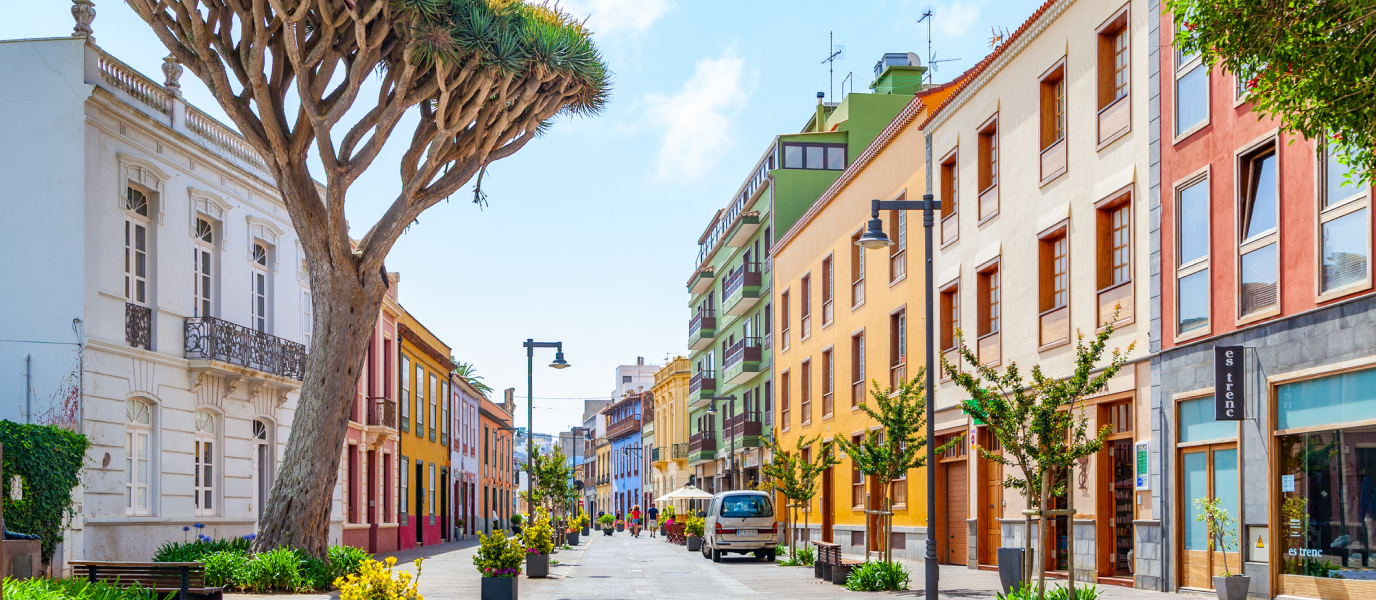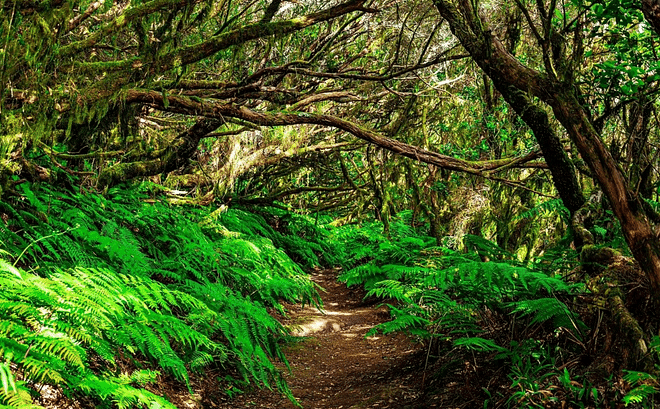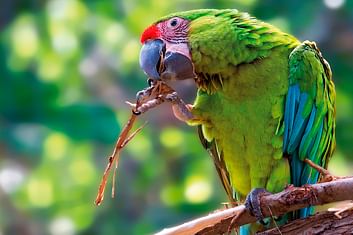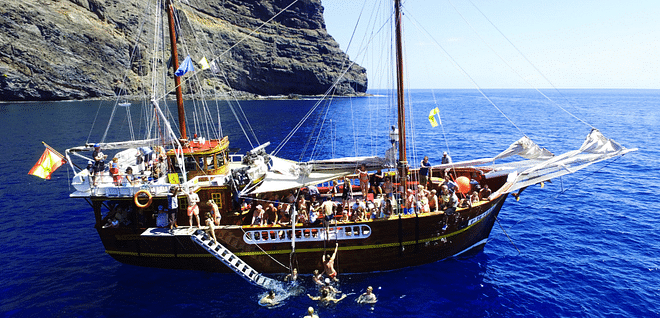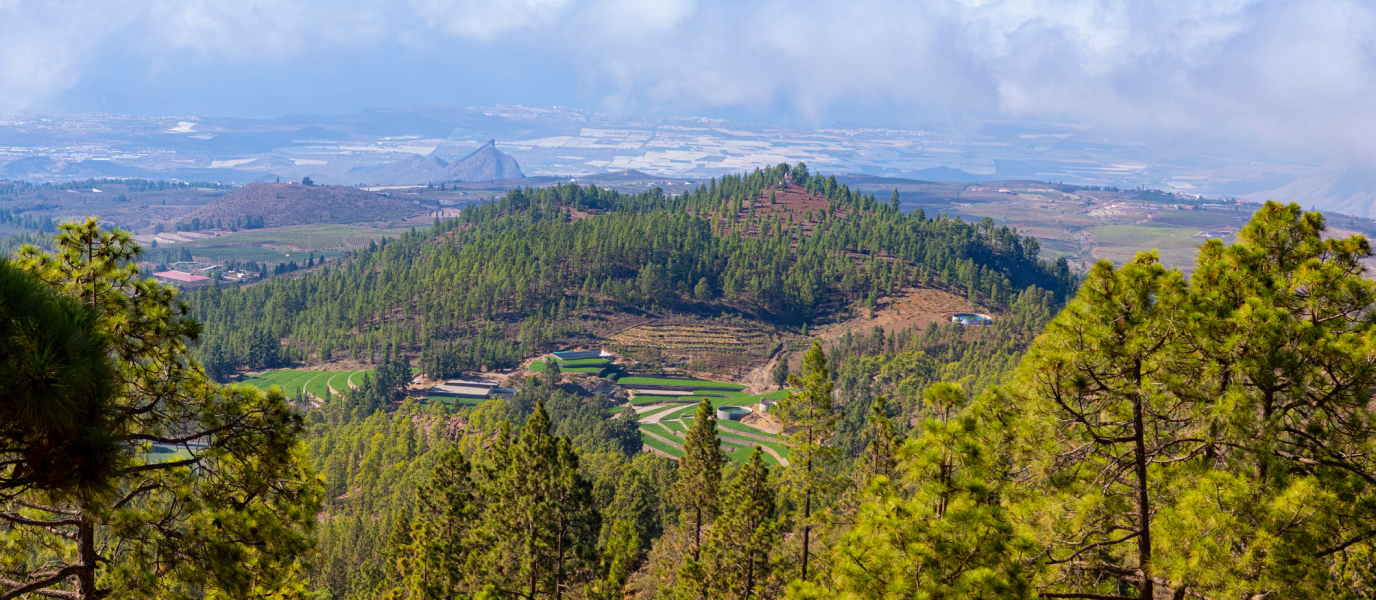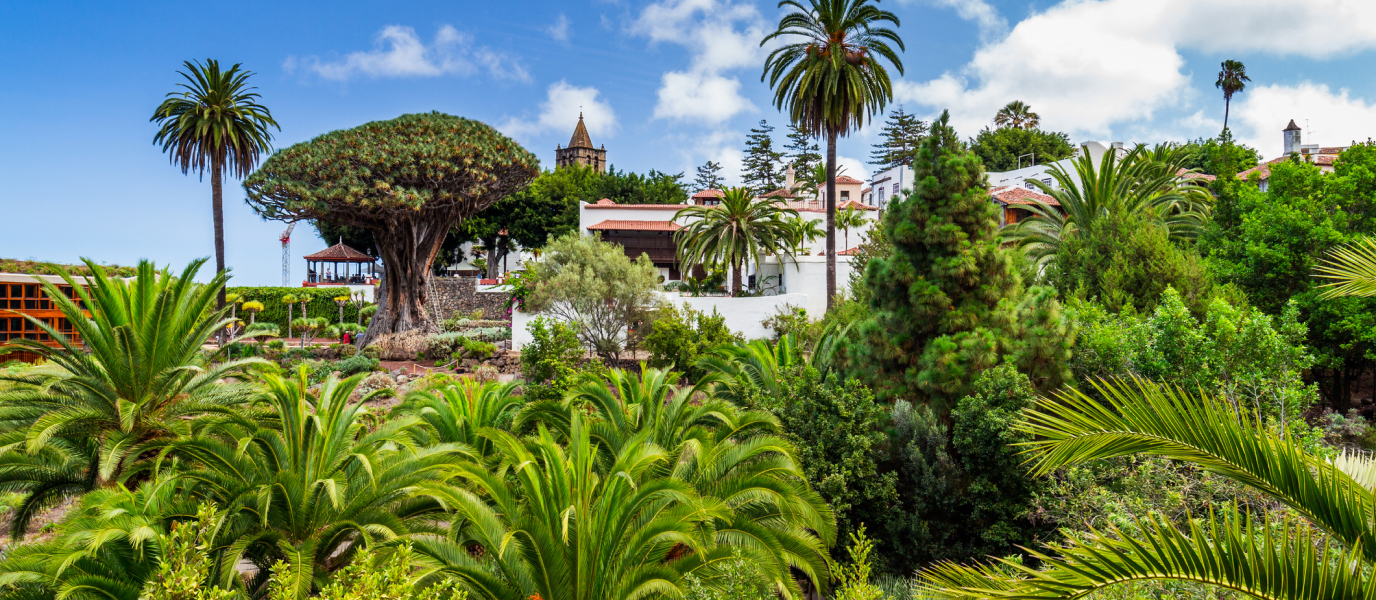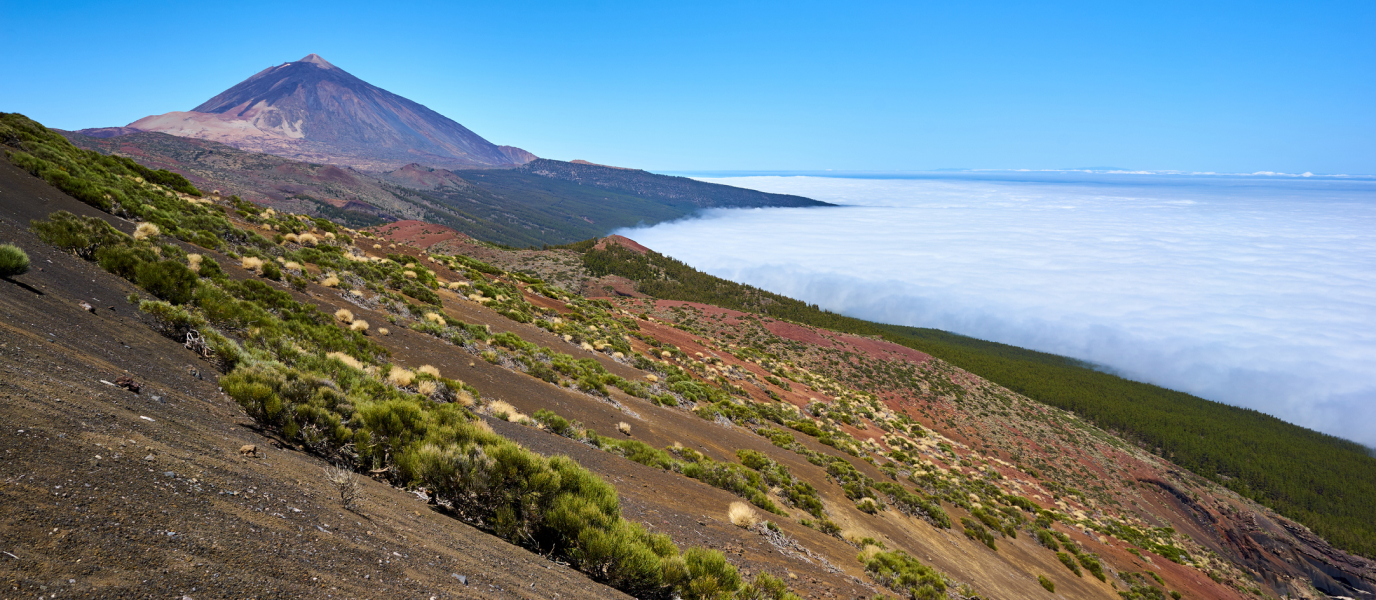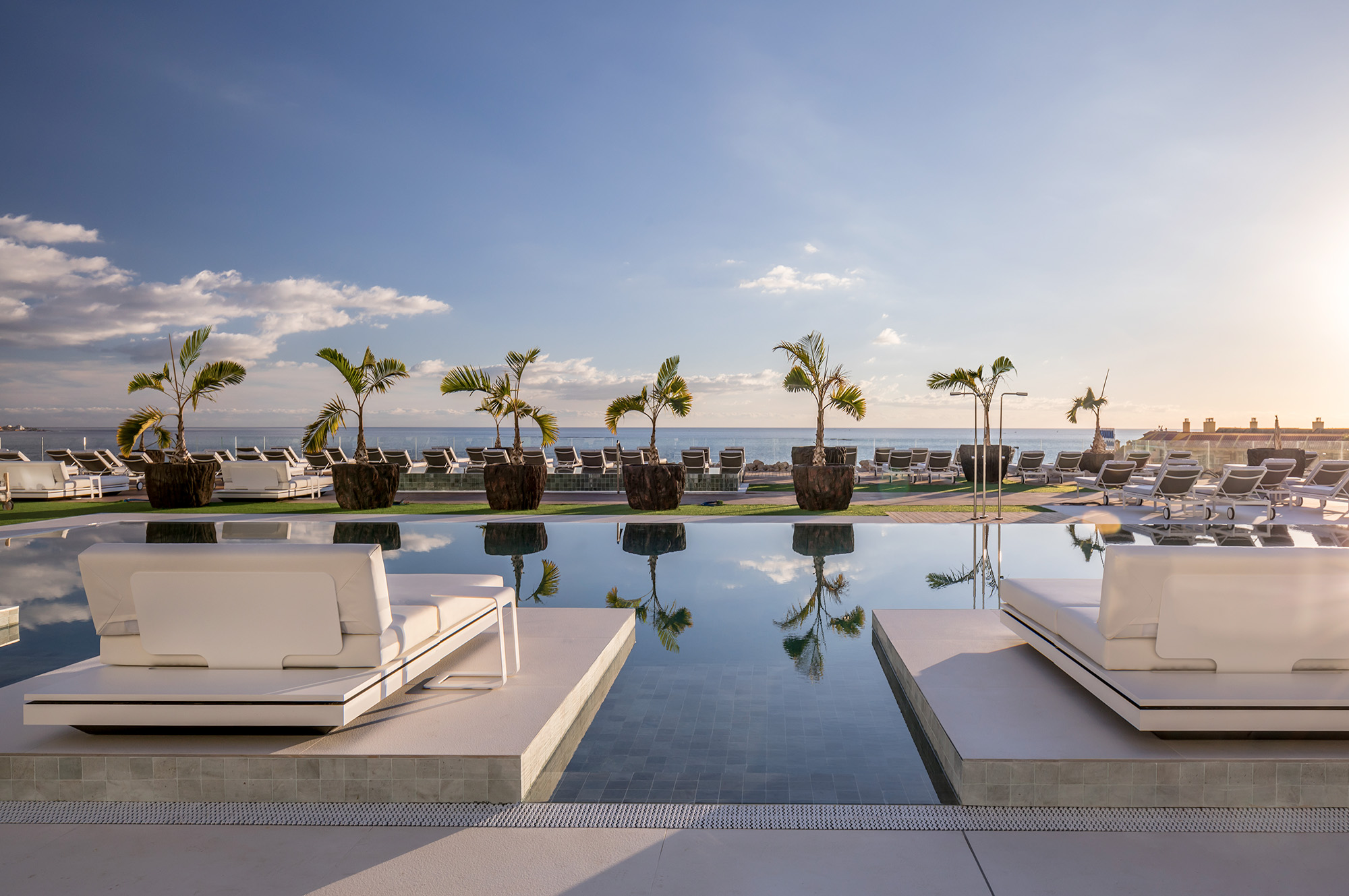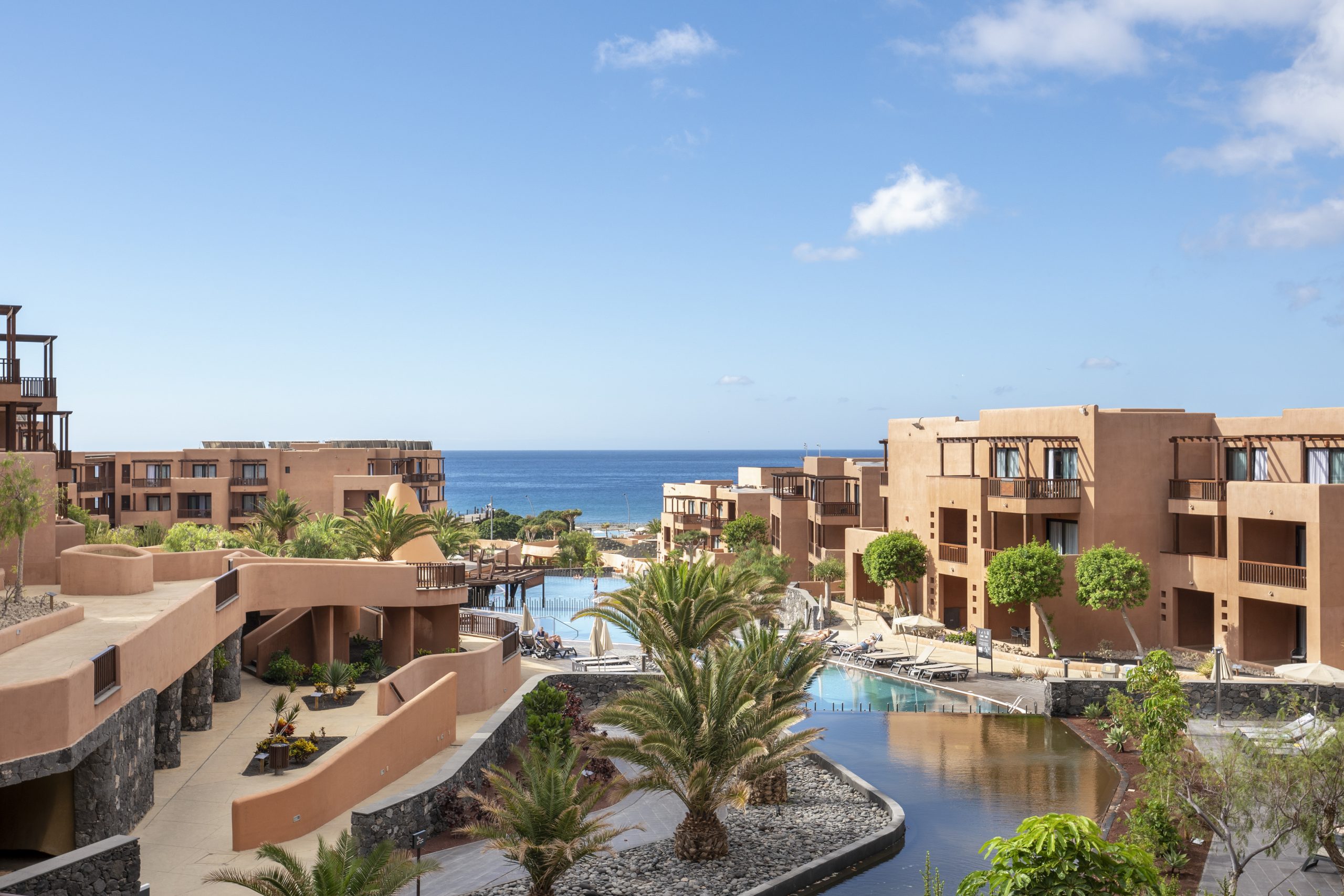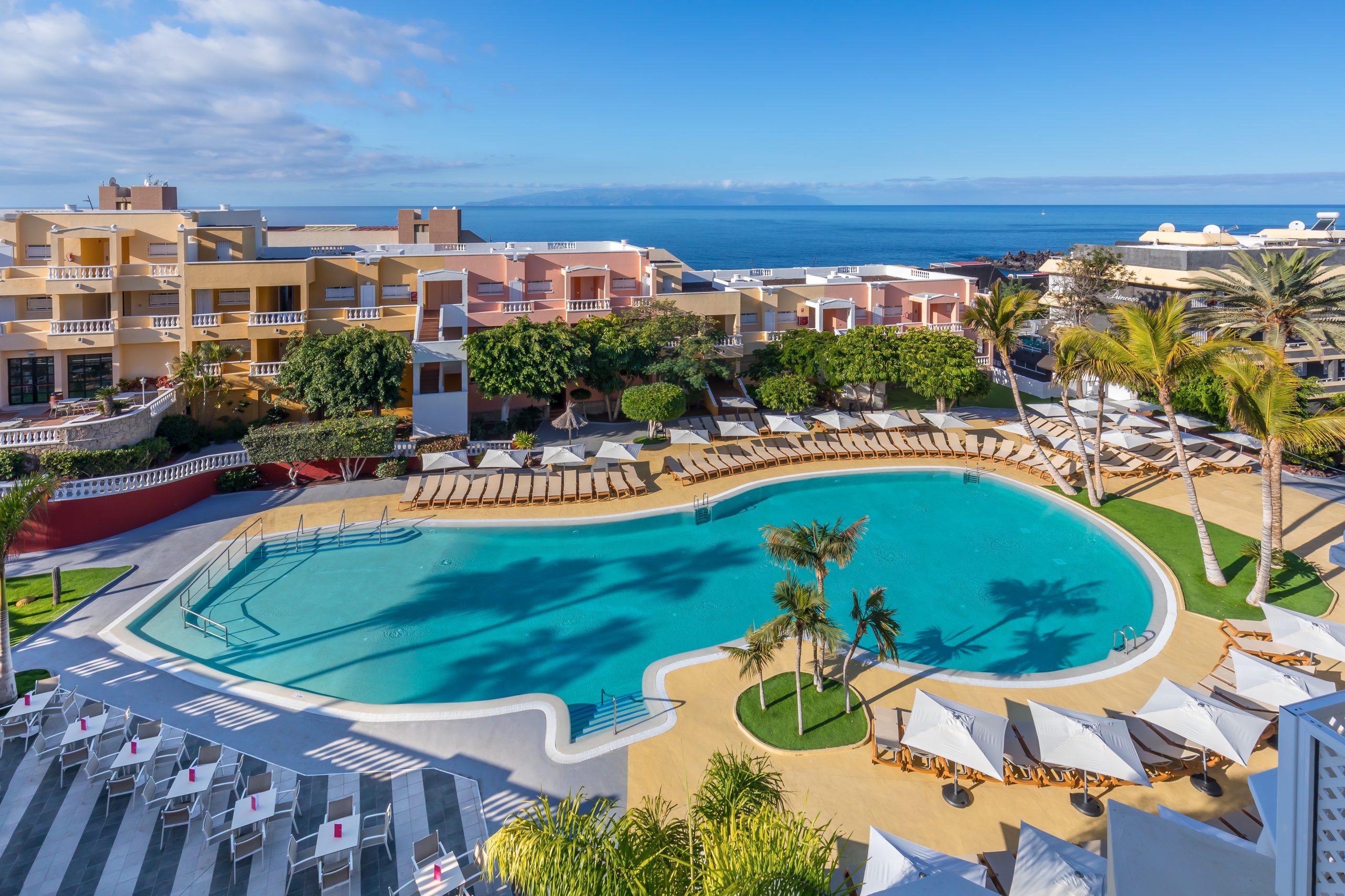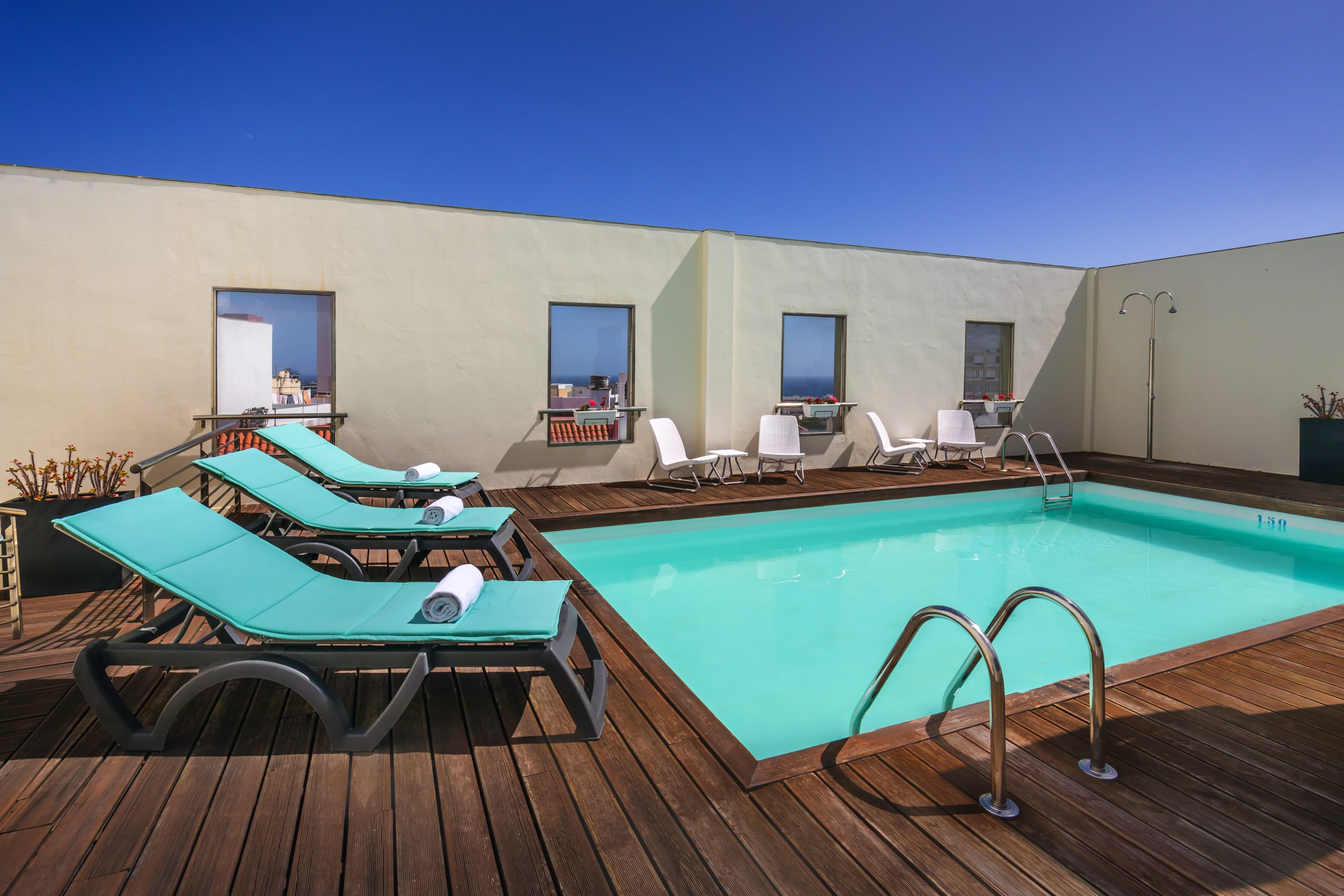With its unique climate, which remains mild and warm throughout the year, La Laguna boasts an average temperature of 22ºC (although it often climbs a few degrees higher in summer), making it the perfect destination for a holiday break at any time of the year.
And it’s well worth it: as you stroll through the city, you’ll be seduced by every corner, every café and every historic building. This amazing city located in north-eastern Tenerife receives thousands of visitors each year, and they never fail to find beauty, history and the delicious local cuisine. In the city centre is one of the most charming historic quarters in the whole of the Canary Islands: San Cristóbal de La Laguna, which was declared a Cultural Asset and a World Heritage Site by UNESCO in 1999. To close your eyes and meander through its narrow streets is to dream of another time and another life. It is to travel back to the fifteenth century and to discover what life was like then.
Related experiences
What to see in San Cristóbal de La Laguna
Are you ready to discover one of the most attractive historic quarters in the Canary Islands? Originally, this quarter was divided into two parts: the Villa de Arriba and the Villa de Abajo (the Upper and Lower parts); these developed into the first non-fortified city of the colonial period, and served as a model for other, later towns.
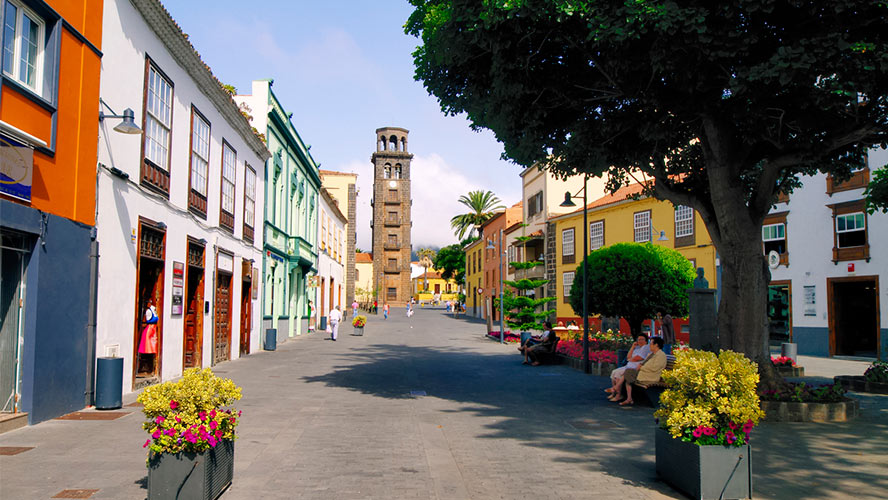
If you’re intending to visit this city on the island of Tenerife, we recommend that you plan very carefully what to see in La Laguna. Take note of its most famous streets, and stroll along its cobbled footpaths, discovering the beauty of its buildings. Some of the most outstanding are:
- The Plaza del Adelantado: This is San Cristóbal de La Laguna’s central square, the oldest square in the city and a favourite meeting place for many of its inhabitants. Only a few metres away stand the Town Hall, the Municipal Market and the Hermitage of Saint Michael the Archangel. The square takes its name from Alonso Fernández de Lugo, nicknamed ‘El Adelantado’ [The Leader], who conquered the island and was responsible for bringing the Canary Islands under the rule of the Kingdom of Castile.
- The Mudéjar-style Cathedral of San Cristóbal de La Laguna was built on the site of the church of Los Remedios, the city’s patron saint. Nowadays, the edifice is the final resting place of the remains of ‘El Adelantado’, and its façade has a neo-Classical style.
- The Teatro Real, built in an eclectic style, and boasting an unusual façade embellished with flora and fauna. For many years, the building lay neglected, but from 2008 the Municipality undertook its restoration, and today it hosts musical and dramatic productions. It is located in Calle Carrera, one of the city’s most popular streets with visitors.
- The Iglesia de San Agustín: The beautiful cloister provides the clue to the fact that this building was once a monastery. This lovely building was the city’s first university, and its students included such illustrious figures as Juan Negrín and Benito Pérez Galdós.
- The Palacete Rodríguez Azero: Situated in the heart of San Cristóbal de La Laguna, this mansion betrays a clear French influence in both its façade and its interior decoration. Today it is home to the city’s casino, and is visited by hundreds of tourists every summer.
- The Tenerife Museum of History and Anthropology: A stroll through the past and the present to learn about the complexity of human nature and to gain an understanding of how mankind has evolved over recent decades. The museum occupies two sites: one in the centre of La Laguna (Casa de Lercaro) and the other in the Valle de Guerra (Casa de Carta).
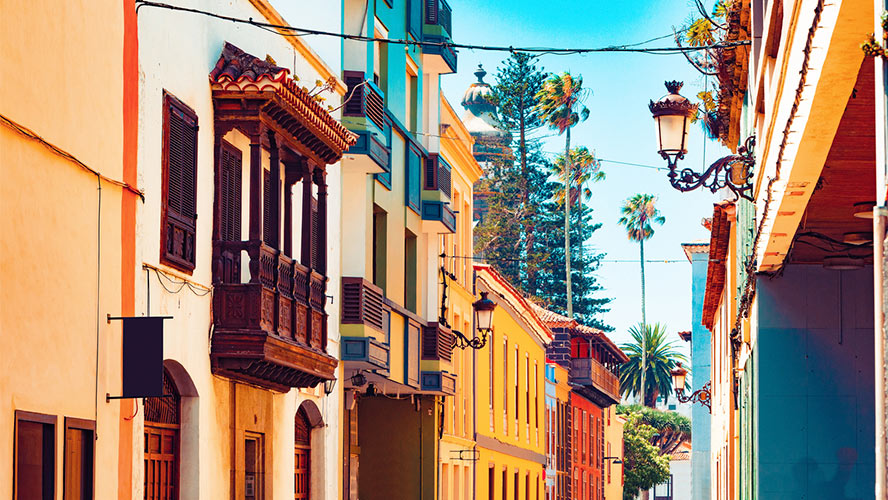
Good restaurants in La Laguna
A visit to Tenerife involves letting yourself be guided by your senses and trying the distinctive and delicious local cuisine, where the sauces are the highlight. Can there really be anyone who has visited the island and left without trying the ‘wrinkled potatoes’ with garlic pepper sauce? No way. Papas arrugadas con mojo is a dish based on potatoes cooked in salt water, then served with two mojos, or sauces: mojo picón (red) and mojo verde (green). Potatoes, along with ropa vieja (a stew containing chick peas, peppers, onions, tomatoes and at least two different meats), Canary Island potaje (a traditional pork stew) and chick peas are other highlights of Tenerife’s cuisine, based on traditional Spanish recipes with African or Latin American influences.
When visiting a foreign city, it pays to keep an open mind, and to explore the local cuisine. When it comes to eating out in San Cristóbal de la Laguna, you can choose from a plethora of different restaurants and cooking styles: from the most casual to the most sophisticated. Would you like a few examples? These are some of the best eateries:
- Guaydil restaurant is located in Calle Dean Palaphi, very close to the cathedral. This recently refurbished establishment has a pleasant atmosphere, and serves traditional Tenerife dishes at reasonable prices. Highlights are the cod cooked at a low temperature and the Iberian pork cheeks.
- The Patio Canario La Laguna is a charming, traditional establishment. When you arrive, you pass through a typical Tenerife tavern which leads to a courtyard. The most amazing thing about this place is that it is an old house built in 1739, which has kept the same style and décor for almost 300 years. Cheese with mojo, honey and jam, almogrote (goat’s milk cheese pâté), rancho canario (a meat and pasta stew) and caldo lagunero (La Laguna-style stew, made with a variety of vegetables, chicken and black pudding) are just a few of the local delicacies you could try.
- The Tablón de la Canela is another highly recommended eatery in La Laguna. This bar-restaurant offers a cuisine prepared using the highest-quality ingredients. It is ideal for celebrating a family event or a special occasion. The house speciality is creamy rice with lobster, along with suckling pig cooked in a wood-fired oven, or any of their dishes based on fresh fish. It is located on the Carretera General del Norte, and booking in advance is recommended.




































































